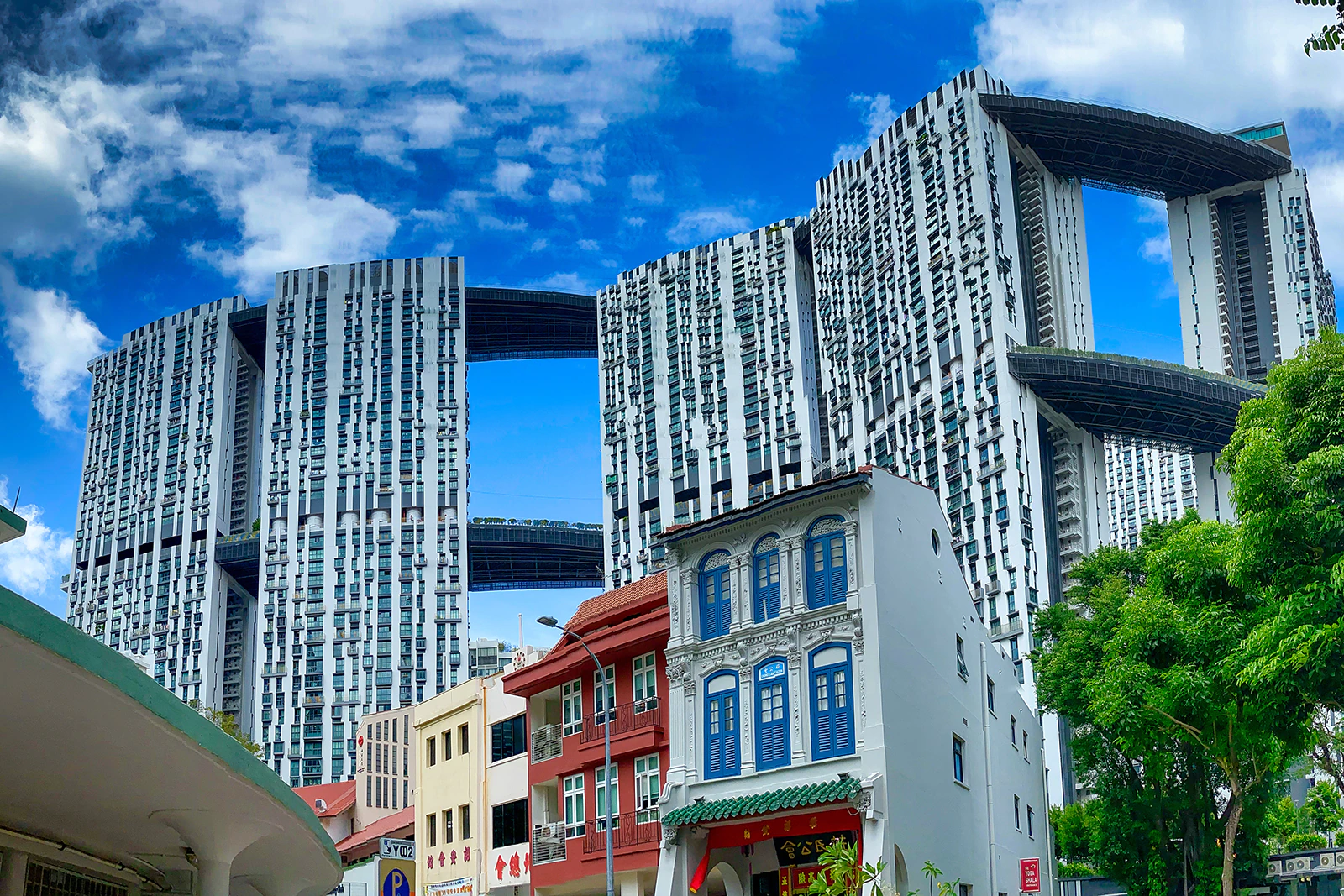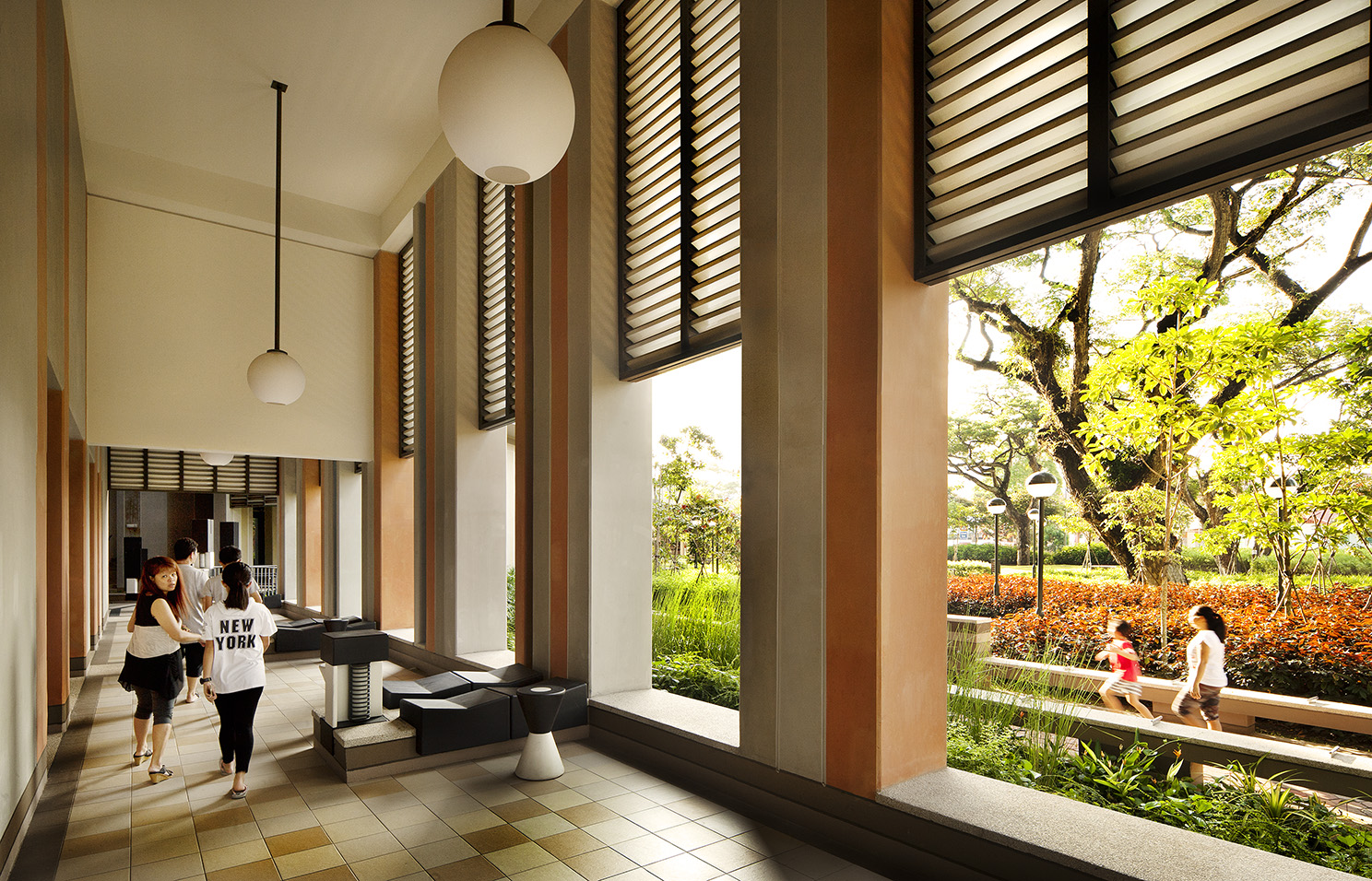In the vibrant tapestry of Southeast Asia, where cultures collide and cityscapes paint a canvas of innovation, there exists a tiny island city-state that defies the odds with a spirit as mighty as its nickname—the Lion City. Nestled at the crossroads of tradition and modernity, Singapore has become a living testament to the audacious pursuit of a future where urban living is not just a mundane reality but a thrilling adventure.
Picture this: a city where Supertrees dance in the breeze, their towering frames adorned with vibrant foliage, as if nature itself decided to show off its paintbrush skills. Welcome to Gardens by the Bay, Singapore’s living masterpiece, where sustainability meets spectacle. These colossal vertical gardens aren’t just photogenic; they’re a declaration—an eco-friendly symphony that reverberates through the heart of the Lion City.
But let’s not get ahead of ourselves; we’re here to unravel the enchanting story of how Singapore, with a mischievous twinkle in its eye, decided to redefine urban living, making it not only sustainable but undeniably cool.
Sustainable Architecture:
Singapore’s commitment to sustainable architecture is a cornerstone of its urban design philosophy. The city-state has transformed itself into a green oasis, blending concrete structures seamlessly with lush greenery. One of the standout examples is the Gardens by the Bay, a sprawling garden in the heart of the city that showcases the perfect harmony between nature and architecture. The Supertrees, towering vertical gardens that generate solar power, are not only a testament to sustainable energy solutions but also an iconic symbol of Singapore’s commitment to a green future.

The city’s skyline is punctuated with environmentally conscious buildings like the Pinnacle@Duxton, a residential complex featuring sky gardens on multiple floors, providing residents with not only a sense of community but also a connection with nature. The integration of green spaces and eco-friendly features into urban planning has not only reduced Singapore’s carbon footprint but has also set a global benchmark for sustainable city development.

Furthermore, Singapore’s focus on sustainable architecture extends to retrofitting existing structures. The city’s commitment to transforming its older buildings into eco-friendly spaces is evident in projects like the Oasia Hotel Downtown, where a verdant façade of red aluminum mesh serves as a vertical garden, providing shade and reducing the building’s overall energy consumption. This dedication to repurposing and retrofitting highlights Singapore’s holistic approach to sustainability, ensuring that every facet of urban development aligns with the city’s commitment to environmental stewardship.
Smart City Initiatives:
Singapore is at the forefront of the global smart city revolution. The government’s Smart Nation initiative aims to harness technology to improve the quality of life for its citizens. The city-state has embraced the Internet of Things (IoT), data analytics, and artificial intelligence to create a seamlessly connected urban ecosystem.
One striking example is the use of smart lampposts equipped with sensors and cameras to monitor and analyze crowd density, air quality, and traffic flow. This data-driven approach allows authorities to optimize urban planning, enhance public safety, and respond proactively to emerging challenges. The smart lampposts are not just functional but also reflect Singapore’s commitment to using technology as a tool for creating a safer and more efficient urban environment.

The Bishan-Ang Mo Kio Park showcases the integration of technology and nature, where sensors monitor water levels and automatically adjust dam gates during heavy rainfall to prevent flooding. This blending of natural elements with cutting-edge technology epitomizes Singapore’s vision of a smart and sustainable city.
Furthermore, Singapore’s commitment to innovation extends to its transportation infrastructure. The island city has invested heavily in autonomous vehicles and smart traffic management systems to alleviate congestion and enhance the efficiency of public transportation. This not only reduces the environmental impact of commuting but also contributes to a seamless, connected urban experience for residents.
Humanizing Urban Spaces:
Beyond the impressive architectural marvels and technological advancements, Singapore places a strong emphasis on human-centric design. The HDB (Housing and Development Board) flats, which house the majority of the population, are a prime example of this focus. These high-rise residential buildings are not just structures; they are vibrant communities designed to foster social interaction and inclusivity.
The SkyVille@Dawson project, for instance, incorporates communal spaces such as rooftop gardens and sky bridges, encouraging residents to come together and build a sense of community. The importance of community is also reflected in the Kampung Admiralty, a pioneering development that combines housing for seniors with medical facilities, community gardens, and retail spaces, creating a holistic environment that caters to the needs of different age groups.

In addition to community-centric design, Singapore places a premium on inclusivity and accessibility. The city’s commitment to universal design principles ensures that public spaces, transportation systems, and buildings are accessible to people of all ages and abilities. The incorporation of features like ramps, tactile paving, and braille signage not only enhances the quality of life for residents with disabilities but also positions Singapore as a model for global cities striving to create environments that are truly livable for everyone.
Furthermore, Singapore’s dedication to humanizing urban spaces extends to its cultural districts. The city’s historic neighborhoods, such as Chinatown, Little India, and Kampong Glam, have undergone careful revitalization efforts to preserve their cultural heritage while integrating modern amenities. This approach not only celebrates Singapore’s rich diversity but also creates vibrant, walkable neighborhoods that invite residents and visitors to explore the city’s cultural tapestry.
Innovative Education and Research Hubs:
Singapore’s commitment to innovation goes hand in hand with its investment in education and research. The city-state has strategically developed education and research hubs that serve as incubators for creativity and innovation. The Fusionopolis complex, for example, houses a cluster of research institutions, startups, and corporate research and development labs, fostering collaboration and cross-pollination of ideas.

The Singapore University of Technology and Design (SUTD) stands as a testament to the city-state’s forward-looking approach to education. With a focus on interdisciplinary learning and design thinking, SUTD produces graduates equipped to tackle complex challenges in urban development, technology, and sustainability. The university’s integration of industry partnerships ensures that academic research translates into real-world solutions, contributing to Singapore’s position as a global innovation hub.
Singapore’s journey towards embracing innovative urban design is a captivating narrative of a nation that refuses to be constrained by its size. From sustainable architecture that integrates nature with the urban landscape to smart city initiatives that leverage technology for the greater good, Singapore stands as a testament to what can be achieved when visionary urban planning meets a commitment to improving the lives of its citizens.
As we catch a glimpse into Singapore’s future, it becomes clear that the city-state is not just building structures; it is crafting an experience—a harmonious blend of technology, sustainability, and human-centric design. The Lion City is roaring into the future, and its innovative urban design is a symphony of progress, echoing the possibilities that lie ahead for cities around the world.
Singapore’s commitment to sustainability, smart technology, human-centric design, and innovation in education positions it as a global leader in urban development. As other cities grapple with the challenges of rapid urbanization, Singapore’s multifaceted approach provides a blueprint for creating cities that are not just efficient and technologically advanced but also enriching and inclusive. The Lion City’s roar is not just heard in its skyline; it resonates in the very fabric of its streets, parks, and communities—a melody of progress that invites the world to take note and join in the symphony of innovative urban living.




